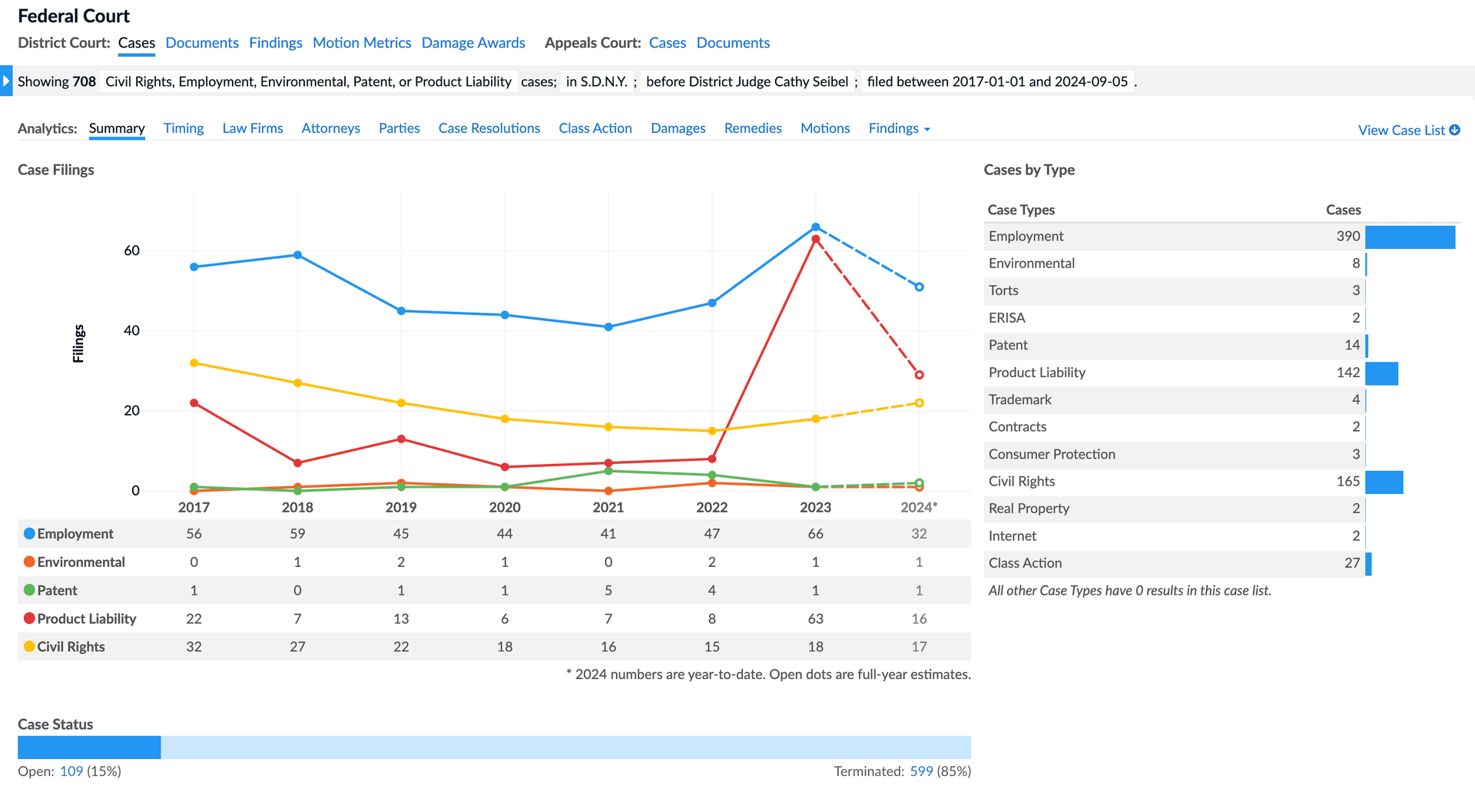Win More Business. Win More Cases.
Anticipate the behavior of courts, judges, lawyers and parties with Legal Analytics.
“I use Lex Machina for every case. It’s such a great resource.”
—John Johnson, Partner, Fish & Richardson
Lex Machina helps Law Firms Win More Business and Win More Cases.

“Be careful when you pitch. Lex Machina is changing the game. If you are less than accurate with your story, and your competitors or your client have access to Legal Analytics, someone will call you out.”
—Chief IP Litigation Counsel, Fortune 500 Company
Lex Machina helps Companies Reduce Risk, Validate Strategy, and Win Lawsuits.
